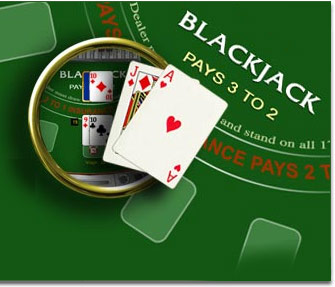Part III in a History of Card Counting
Casino changes try to put a stop to card counting
In spite of John Scarne's insistence that card counting didn't work, casinos did continue to make changes to their blackjack games in an attempt to foil card counters. The most common change was to use multiple decks in the blackjack games, and two deck and four deck games became common in the late 1960's and 1970's. Blackjack remained profitable for the casinos, since counting cards using Thorp's system was not easy and many people couldn't do it competently enough to gain an edge over the casino.
Card Counting Systems Become Popular
With the success of Beat the Dealer, many people started trying to sell their own systems for counting cards. Some of these were good; many of them were just more nonsense, as most gambling systems are. Classified ads in newspapers across the country offered expensive and difficult systems for sale that would teach people to count cards.
Other mathematicians provided their own card counting systems, some less accurate than Thorp's, but still confirmation that card counting was a legitimate technique for gaining an edge in the casino. Some of the scientists and mathematicians who confirmed this included:
- Harvey Dubner, computer scientist
- Julian Braun, computer programmer
- Allan Wilson, nuclear physicist and author of The Casino Gambler's Guide
Casino Changes
By 1966, almost all casinos in Las Vegas had replaced their single deck games with four deck games. Four years earlier, single deck games were dealt to the bottom of the deck, but now only three decks were dealt out before reshuffling.
With the help of Julian Braun, Thorp published a new edition of Beat the Dealer with new card counting methods and strategy changes that worked against multiple deck games. Some of the changes made counting cards easier, but compared to modern card counting practices, Thorp's card counting system was still difficult to put to use.
The History of Counting Cards continues with: The Griffin Agency and the Griffin Books


 Slots Capital
Slots Capital


